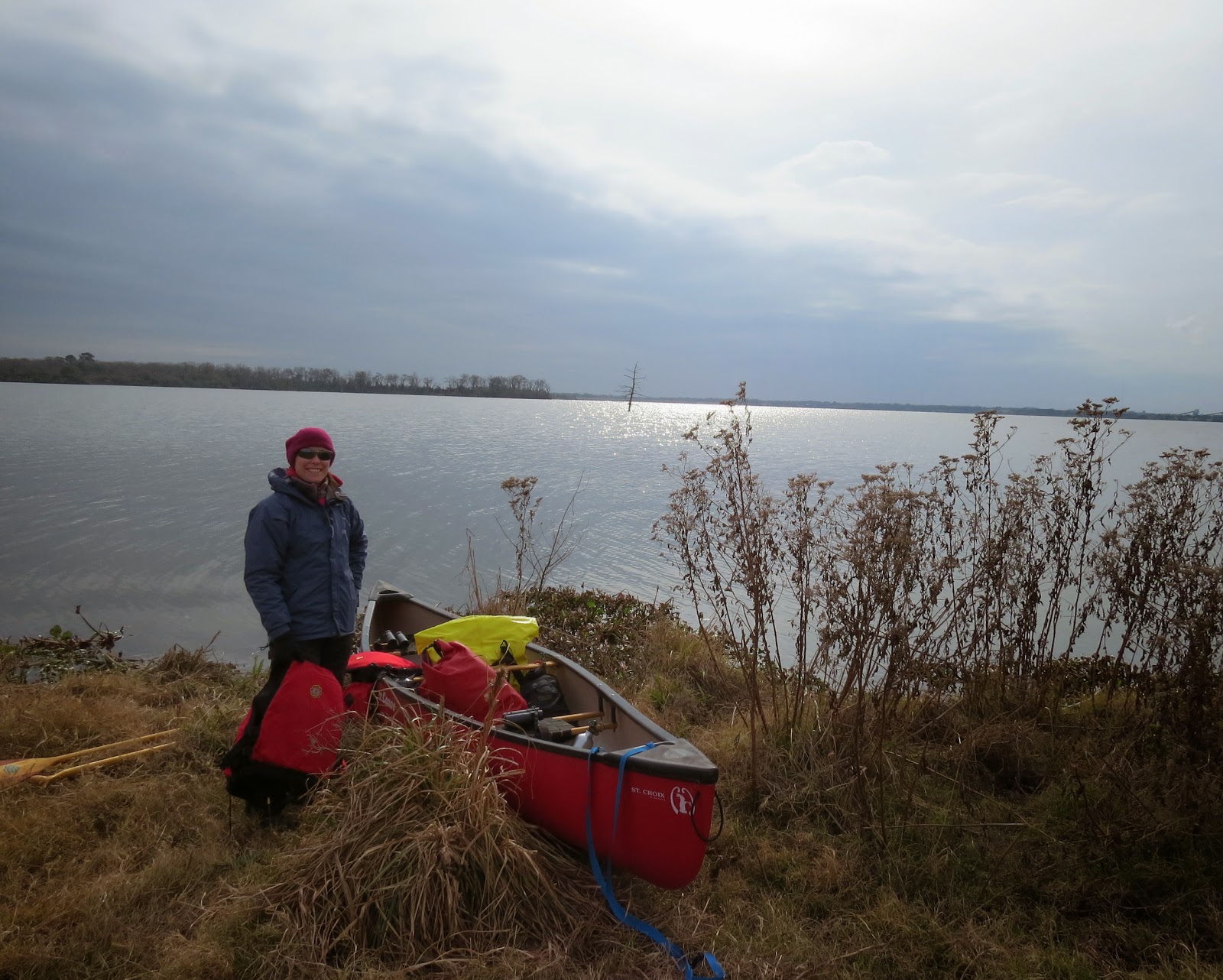Another April has gone and with it all the TMN weekend
activities like Earth Day, BioBlitz, and the Hazardous Waste Clean Up. You might be asking, what can I do to still
be active? Why, you can become a Citizen
Scientist!
Who are Citizen
Scientists?
Citizen scientists are regular, normal people that
contribute to scientific research projects.
Volunteers from all over the world make observations and enter the data
online. These reports can be from dedicated
trips to local natural areas or just documenting what’s crawling through the
backyard. Depending on the project, it
can be as easy as taking a picture of an insect and recording the location
where you found it.
Why Participate?
Citizen scientists help the scientific community in two
ways. They collect data that would take
the researcher years to gather and at a much lower price… for free (in most
cases)! Need to collect data from all 50
states and you only have a year to do it?
Call out the citizen scientists! The
data that is gathered can be used to look at trends showing the behavior of a
species over a large geographic area.
The Lost Ladybug Project, for example, seeks to study the recent decline
of native species in North America. The
particular researcher in charge may have spent his or her lifetime amassing
data for this project and thousands of dollars for traveling from place to
place to make observations. But with an army of citizen scientists, the data
collection phase of the research is quicker leaving the scientist more time for
analysis.
Now, becoming a citizen scientist is easier than ever! All you have to do is find a project that
interests you and sign up online. There
might be some initial training but beyond that, when you make your observations
is up to you. For most projects data
collection is not a structured event (with the exception of some birding
events) but it’s something you can do on your own time that best fits your own
schedule.
 |
| Rick viewing the fields at the Texas A&M Rangeland Ecology grounds for the College Station Christmas Bird Count, December 14, 2013. |
Think you need to be a specialist to be a citizen
scientist? Nope! You don’t have to be an expert in the field,
just someone with a desire to learn more about the topic. Most projects have experts that will check
your entries to verify your record. Some
even have help sites to identify your unknown species. Researchers that rely on citizen scientist
observations know there is a learning curve and everyone needs help and
practice. These researchers want citizen scientists to participate
so they can get their data! More
participation means more data, which will give the researcher a more complete
answer to their scientific question.
Become a Citizen
Scientist! Websites to Get Involved:
These are really just a FEW of the citizen scientist
projects out there! Some will count for TMN
volunteer credit and others will not.
But really, participation in a project should be about learning more
about the topic or wanting to be a part of something big.
Several sites are included with the Texas Nature Tracker
Program from Texas Parks and Wildlife.
Projects include: the Biological Inventory Team Project, Box Turtle
Survey Project, Texas Amphibian Watch, Texas Black-tailed Prairie Dog Watch,
Texas Horned Lizard Watch, Texas Hummingbird Roundup, Texas Mussel Watch, Texas
Whooper Watch:
http://www.tpwd.state.tx.us/huntwild/wild/wildlife_diversity/texas_nature_trackers/
http://www.tpwd.state.tx.us/huntwild/wild/wildlife_diversity/texas_nature_trackers/
 |
| Harris's Sparrow seen on the Gibbons Creek Christmas Bird Count, December 30, 2013. |
eBird: to report bird sightings: http://ebird.org/content/ebird/
***eBird can be used for yearly bird counts like Project
Feeder Watch, the Great Backyard Bird Count, and the Christmas Bird Count…
these count for Volunteer Hours!
Lost Ladybug Project, from the website: “The Lost Ladybug Project is seeking citizen
scientists and naturalists to take photos of ladybugs to help understand
the recent decline of native species. Please help us build a North American map
of ladybug species”
*** This has been approved for Volunteer Hours!
Texas Invasive Plants: Report locations and species
of invasive plants here in Texas. Pick
your “favorite” invasive species and track it around the country:
Want to report sightings but yours don’t seem to fit the
sites above? These are general sites to
post any wildlife and plant observations:
Are you participating in a project that’s not on this
list? Want to share any
experiences? Please leave your comments
below!


No comments:
Post a Comment